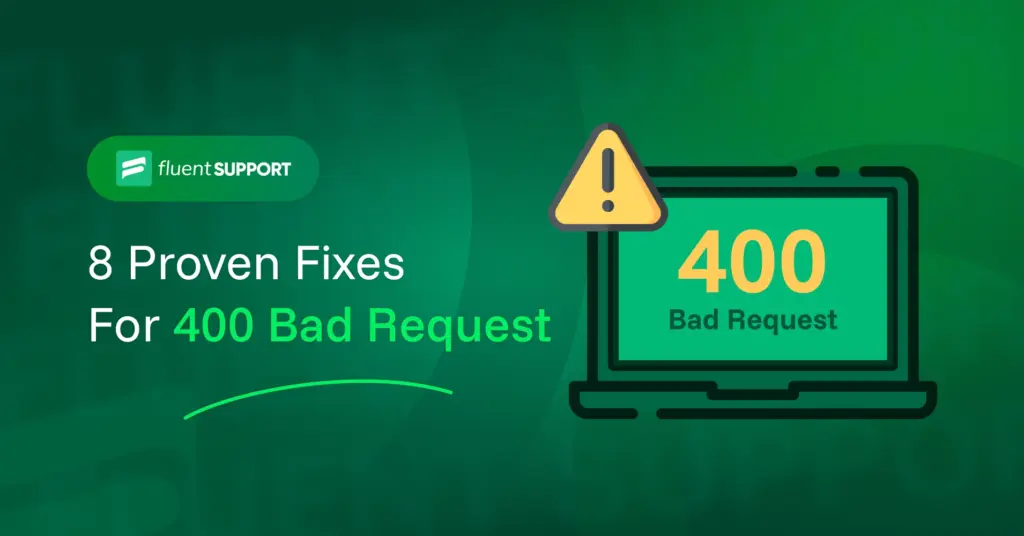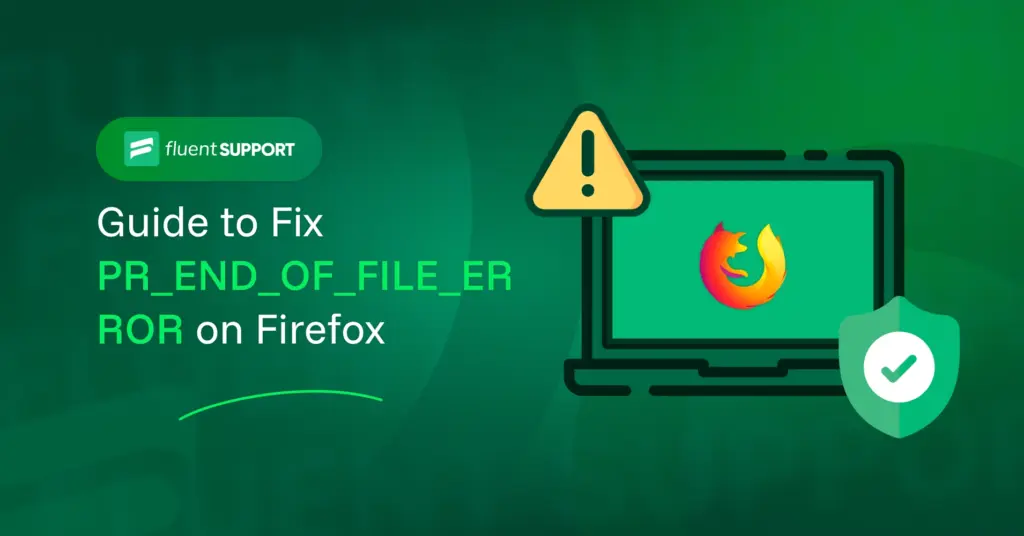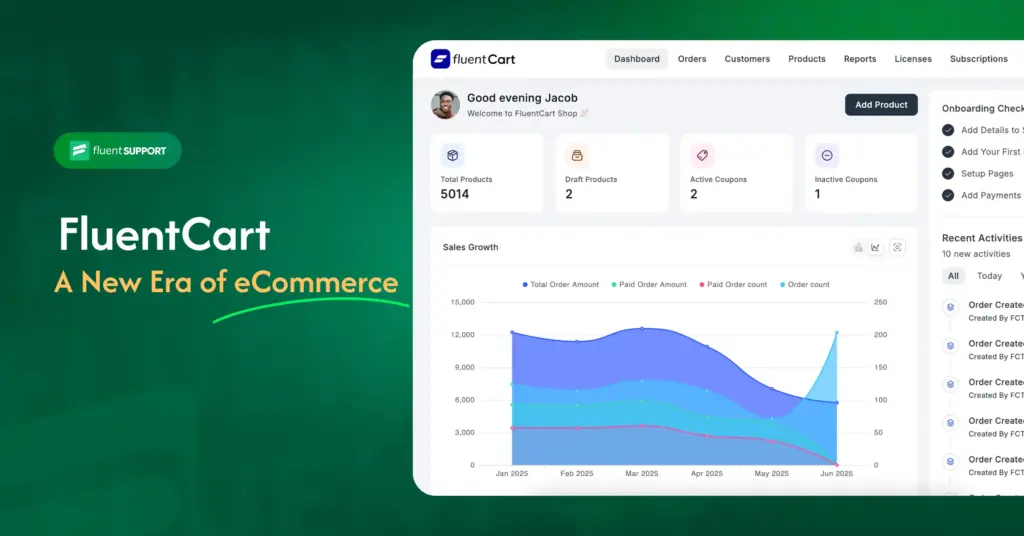
Throughout its existence customer support has been a reactive game, where you have to react to your customers’ needs. However, that’s changed significantly due to the vast growth in market size and rising competition. Now it’s all about being prepared for anything and everything your customers might think to ask. In general terms, this is what we call proactive customer support.
In this post, we’re going to look at what proactive customer support means and briefly discuss how you can implement a Proactive strategy.
What is Proactive customer support?
Let’s get one thing straight. Proactive support isn’t one single feature or tool that improves your support. It’s more of a strategy for approaching customers’ needs. The core of this strategy is to offer support, even before a customer asks for it.
In simple words, Proactive support is a strategic practice of identifying, resolving, and communicating potential issues before your customers identify them and seek help.
But what’s the benefit?
Why invest in Proactive customer support?
While good customer support improves customer satisfaction rates and enables a better customer experience, it also reduces costs. Proactive support, on the other hand, doesn’t directly reduce customer support costs, but smoothens customer onboarding and saves time for your agents.
A few of the key benefits of Proactive customer support are,
1. Reduces Queries
By offering proactive support you can reduce the number of queries that are submitted to your support inbox. This reduces the amount of pressure on your agent. What it also does is reduce the number of moving parts your agents have to deal with.
2. Saves Time
Proactive customer support means preparing the solutions to questions your customers haven’t asked already. Having resources and solutions prepared for common or expected questions frees up time for your agents. This time can be used to answer complex problems that require expertise.
3. Improves customer retention
By far the best benefit we imagine is the improved quality of your customer experience. As your customers feel prioritized and get stellar CX from your business, your satisfaction ratings improve. More satisfied customers that think you care about their needs are easier to retain, improving your retention rates as well.
Great, so we know the benefits of proactive customer support. Aside from the general benefits, proactive support is important because 87% of customers expect a proactive strategy from brands. Now let’s check out the core differences between normal and reactive support.
Reactive vs. Proactive customer support
Reactive support is the average support strategy where you wait for customers to come to you with their problems or questions. Most of the support process begins after customers create a ticket and take out the time to elaborate on their problem.
Proactive support on the other hand is preemptively provided. Its purpose is to reduce the number of redundant questions customers might ask.
Don’t get us wrong here, reactive support is just as important. One is not meant to replace the other. Rather it’s about creating a process where customers can get help for truly complex problems while the solutions to typical problems are right in front of them.
In contrast to reactive support which boasts your team’s knowledge of the technical know-how, proactive support highlights your understanding of the customer’s journey.
5 tips for proactive customer support strategy
Now that we’ve got the basics out of the way, let’s check out how you can implement a proactive customer support strategy.
Ask for feedback
Customer feedback is a goldmine for your business. Single well-defined customer feedback can make up for months of market research. Asking for feedback is not something you do to improve your products or services. It’s actually a huge part of crafting a customer experience more in line with the art of customer follow up.
This not only gives you insight into what the customers are facing while doing business with you. It also highlights the aspects where you can implement proactive solutions.
Track online conversations
Your customers are everywhere on the internet. Sometimes looking at feedback and most common ticket issues isn’t enough. While they are good sources of insight they are hardly complete.
To get an even better idea you need to track what your customers are saying about you. For instance, your customers might have detailed conversations online about what they love or hate about your product. Being a part of this conversation means you can get a clear picture of what your customers love about your products.
Notify before Solving
If you have traced an issue before customers have faced it, it’s kind of your responsibility to clear it up. Whether it be a notification, a social media post, or an email newsletter. Keeping your customers up-to-date on what’s going on with your product is a crucial part of proactive support.
It doesn’t matter whether you have already fixed the problem or not. The important bit is letting your customers know that they might face issues using your product or service. This gives them time to prepare for the complications and buys you time to develop a reliable solution.
Plan out your resources
The best way to offer proactive support is to prepare resources to solve typical problems and make them easy to find. A good addition to this is having Knowledgebase suggestions. The way this works is your ticketing system can check what customers are typing in real-time.
In turn, it can show related articles to the terms a customer uses to explain their issues. This is the essence of Proactive customer support because it offers probable solutions before a customer submits their tickets.
Utilize automation
Last but not the least, you can automate first responses for tickets using automation, such as Fluent Support’s automated workflows.
WorkFlows let you automate customer support processes such as sending template responses, offering relevant solutions and even submitting solutions automatically, based on the contents of the ticket.
Even with basic information such as the product priority, you can automate actions without having to commit agents from the start. For instance, Fluent Support lets you trigger workflows on ticket submission and on customer responses.
Wrapping Up
Proactive customer support is not just about offering support. It’s actually part of a larger whole called customer experience. Proactive as a strategy complements other common support strategies. Not only does it reduce the overall stress on your agents, it actually smoothes out the support process from step one.
All you need to do as a support manager is pick the right support ticketing system that is optimized to offer proactive support.
Start off with a powerful ticketing system that delivers smooth collaboration right out of the box.












Leave a Reply